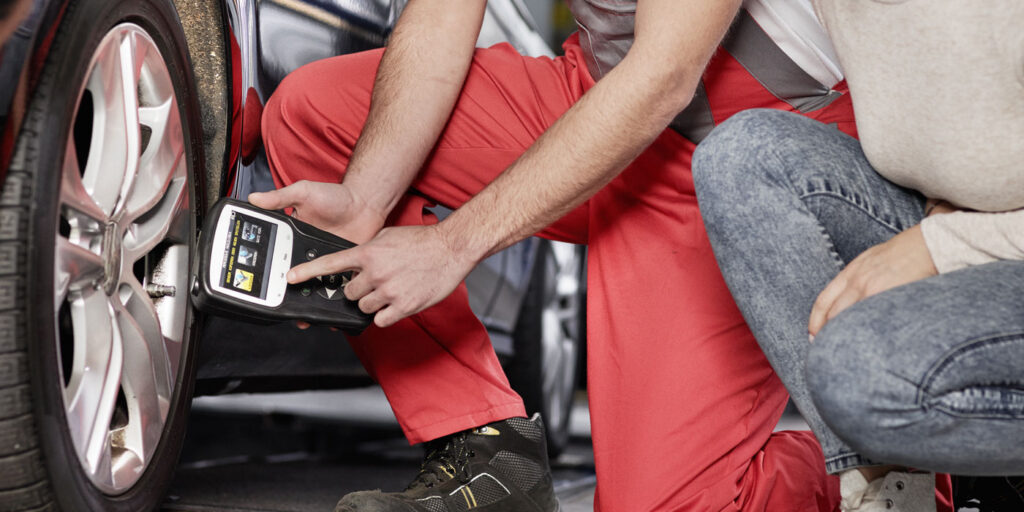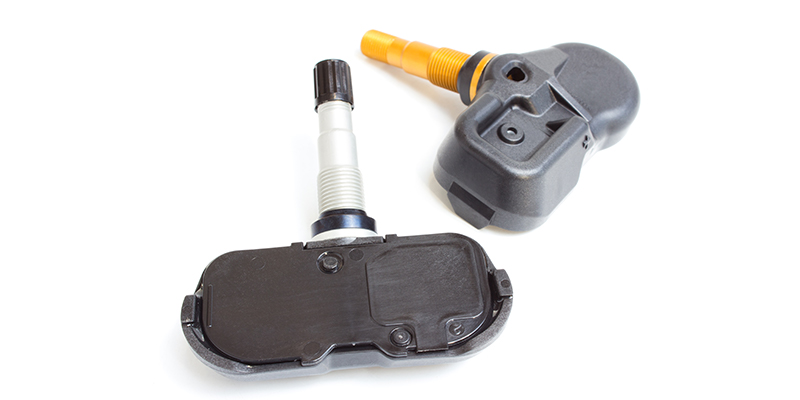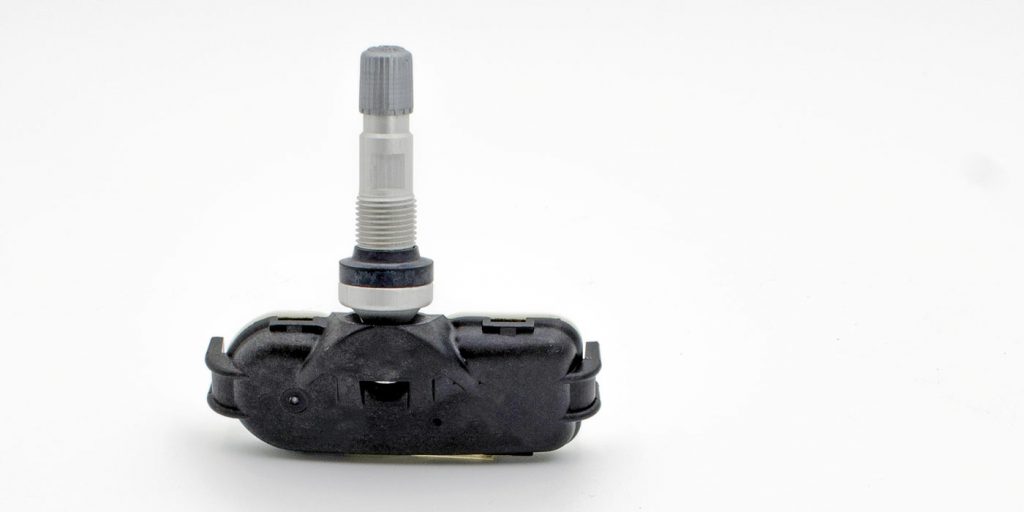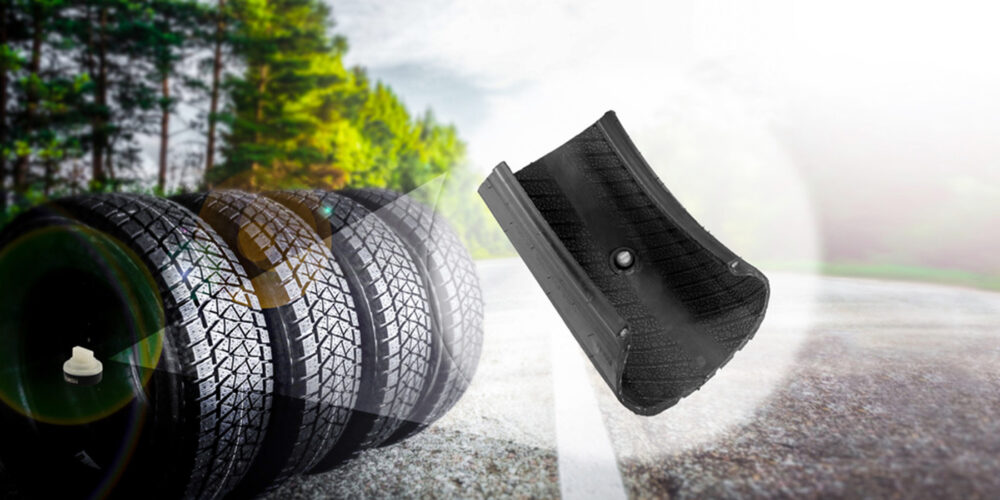When it comes to talking about tire service, some of Tire Review‘s most-read articles in 2021 focused on TPMS service. So, we’ve compiled a list of stories missed out on or simply take a walk down memory lane with us, grab a glass of bubbly or a beer (if you want) and read through a few of our favorites from contributor Jacki Lutz.
Let’s first dive in to an article from January on how the TPMS landscape has changed in the last 10 years. Lutz writes that “just 10 years ago, shops were trying to keep up with TPMS service requirements by stocking dozens of OE replacement sensors so they could have the right one when they needed it. Achieving over 95% coverage was a large undertaking and often felt like a moving target for the typical shop.” Programmable sensors changed all of that. “It gave shops of all sizes the ability to achieve over 95% coverage while stocking a minimal number of parts,” she writes.
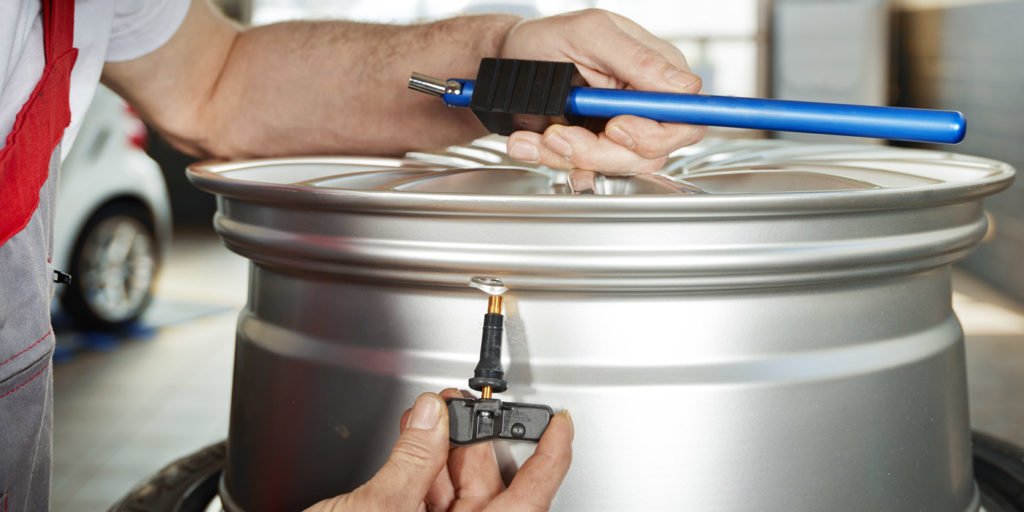
In February, Lutz reflected on what went well in the TPMS world in 2020 and looked ahead to what was to come in the new year. In a year filled with chaos, she said one of the silver linings of 2020 was “an automotive aftermarket that has gone digital.”
“There has never been more high-quality TPMS training at your fingertips than there is today,” she writes. “Manufacturers have spent the last year trying to make their training accessible through webinars, video and online training platforms.”
One goal she had for tire dealers in 2021 was to give their TPMS business an annual check-up by checking in on things such as:
- How much are you making on service kits and how much could you be making if you followed the recommendation of changing them out every time the tire is removed from the rim?
- Are you still juggling multiple sensor SKUs? Does it make sense to consider a programmable solution?
- Is your shop efficiently organized? Does the flow make sense and keep your technicians working as efficiently as possible?
- Do you have sufficient tools at the counter to explain TPMS service to the customer, like examples of corroded stems, a counter mat diagram, or a POS piece that shows how the sensor sits in the rim? These small additions can help your service advisor sell more TPMS and educate the driver.
- Do you have the right procedures in place to ensure service equipment is ready and waiting for use, like regular tool software updates, regular and consistent tool charging and stocking patterns?
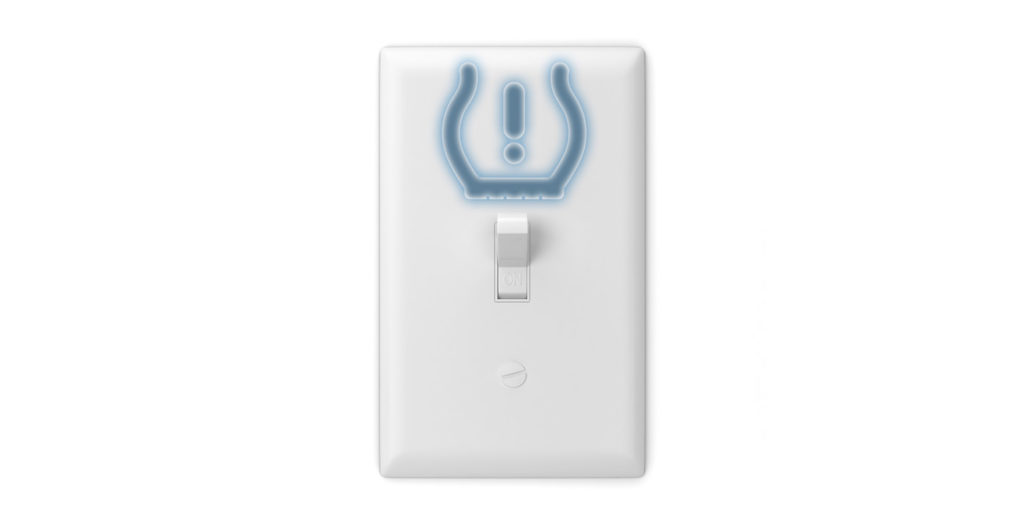
What should you do if a customer comes in with the TPMS light on? Well, start out by checking out the light yourself for time’s sake to see if the “solution is simpler than the time it takes to diagnose the issue itself,” Lutz writes. Turn on the vehicle to see if it turns on instantly and remains solid or if it blinks first before turning solid. If the light is solid, that means one or more tires is inflated to at least 25% below the recommended placard pressure, which can likely be fixed by filling up the tires to what’s recommended for the vehicle. Lutz warns to watch out for these common mistakes when filling up tires that can cause the light to remain on:
- The tires were filled while warm. Air expands as it warms up, so a tire’s air pressure will naturally increase as the tires spin and heat up. It is very common for a vehicle to show a solid TPMS light in the morning after cooling all night, and then for it to shut off as the vehicle is driven. Even if the pressure is reading correct while the tire is warm, keep in mind that the tire pressure can decrease 1-3% once the tire cools; this might be just enough to kick that TPMS light back on.
- The tires were filled by the pressure displayed on the sidewall of the tire instead of the recommended pressure on the vehicle’s door placard. These are often two different recommendations and can be confusing for the average driver. Always inflate the tire to the door placard pressure.
- The spare tire was not checked. Some vehicles will also read the spare tire pressure, so it is important to check that the spare tire is also inflated to the proper pressure in order to ensure the TPMS light stays off.
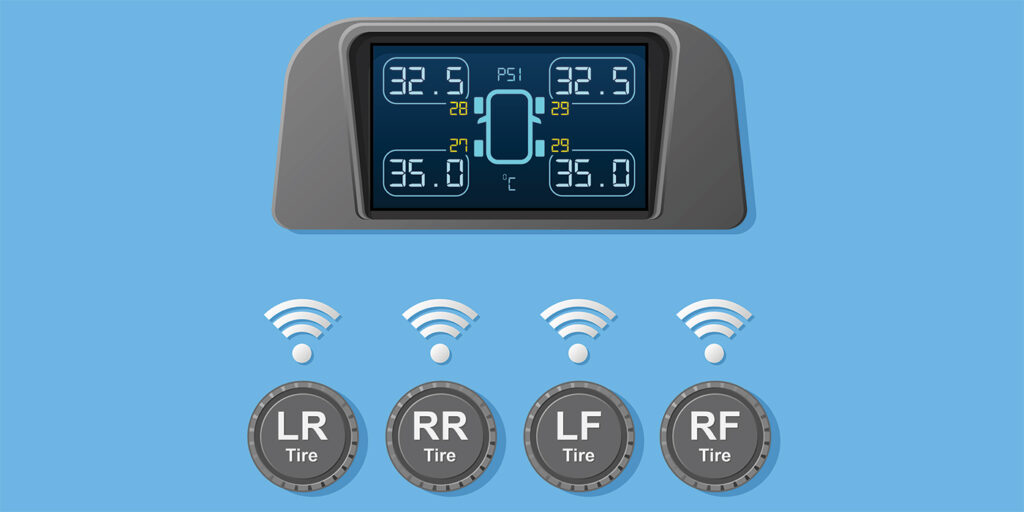
To create a profitable TPMS program, you have to invest in the proper equipment, and the TPMS tools you invest in can either make or break your shop’s TPMS program. In March, Lutz encouraged tire dealers to consider five features when deciding which TPMS tool is right for your business, which include sensor type, multiple sensor brand compatibility, automatic software updates, TPMS relearn look up and Wi-Fi capabilities.
“Another thing to consider when investing in TPMS tools is how many tools make sense for your shop to own. In general, it is best to have at least one tool for every 10 bays. However, I would recommend that you consider always having an extra tool at the counter to help the service advisor identify the system on the client’s vehicle,” she adds.
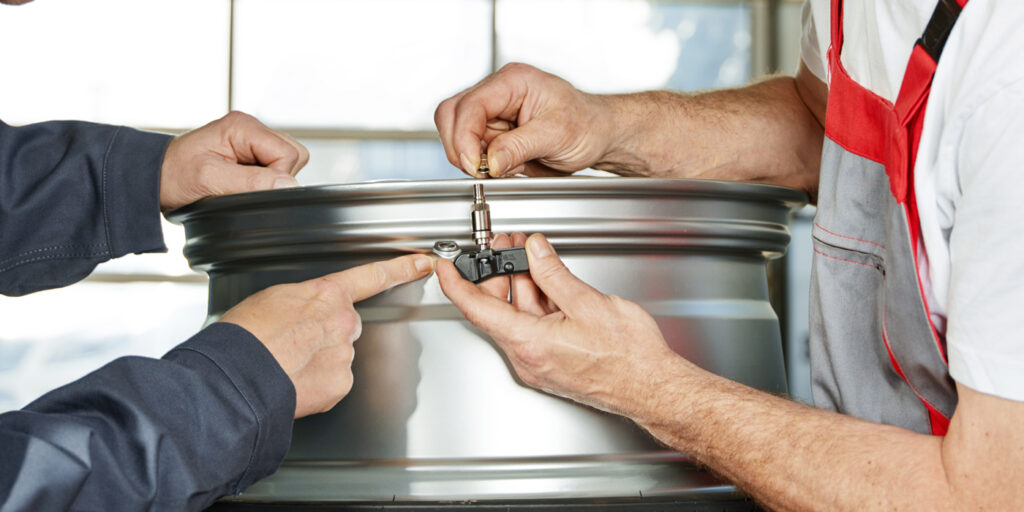
Picture this: It’s April 2021 and customers are filing in to get their winter tires. And for those who want to switch out their tires and buy a new set of rims, it’s the perfect opportunity as the tire dealer to also sell them a fresh set of four TPMS sensors.
“It is not always an easy sell, but it is worth it when it resonates with customers. Many of your customers likely question buying a complete extra set of rims and sensors for their second set of tires, and rightfully so,” Lutz writes. “If they only invested in the tire itself in the first place, it is entirely possible that the full wheel set investment was off-putting, maybe not financially possible for them at the time, or the benefits were not understood. And, in all honesty, they probably had to be convinced in the first place to even buy that second set of tires, and now you want to sell them rims and sensors, too? The nerve!”
She adds that it is important to explain to customers that this is an investment that will eventually pay for itself.
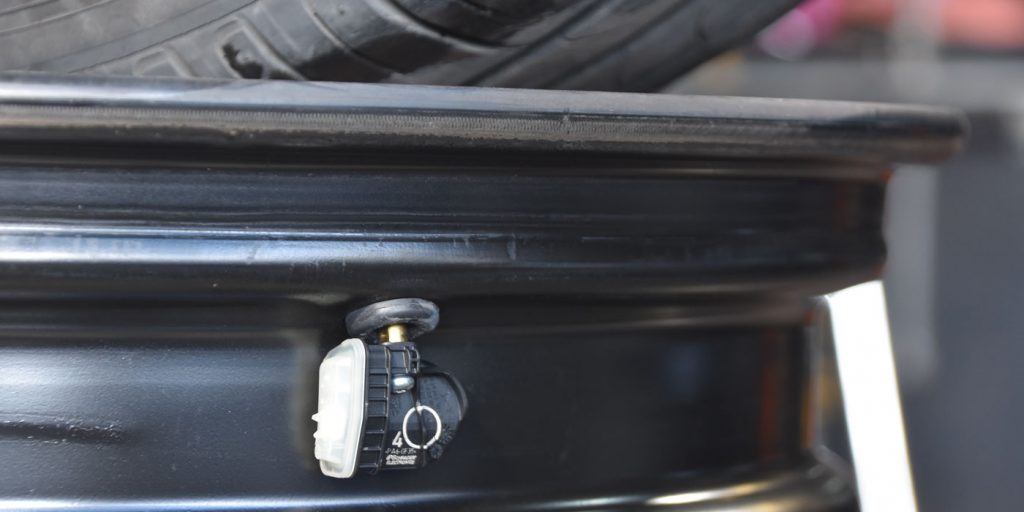
There are tons of programmable TPMS sensor tools on the market now, and most shops have around five. Now the question is, “How do you prevent this proliferation at your shop?” Lutz writes. Here are a few things to remember to avoid being buried in TPMS tools:
- Do your homework. Identify OE sensor brands that can be programmed by OE TPMS tool makers and their many models. Which manufacturers are committed to TPMS into the future?
- Question the coverage of a sensor before committing to a locked tool. If that sensor doesn’t cover at least 95% of the market, you will inevitably be purchasing another tool in the future for another sensor brand to fill in your coverage gaps.
- Commit to locked tools once you find your long-term sensor partner. Locked tools are often sold at a lower cost and in convenient bundle packages, so don’t rule them out. Just make sure you are working with a trustworthy and credited sensor manufacturer and are ready to commit to it for a while.
- Know the tool manufacturer. In many (or even most) cases, the sensor manufacturer may private label with a well-known brand. Whoever the tool manufacturer is, they should be held to the same high, OE-quality standards as the sensor manufacturer. The only thing worse then having way too many tools that you can’t use, is having a whole bunch of them that don’t work properly or efficiently in the first place.
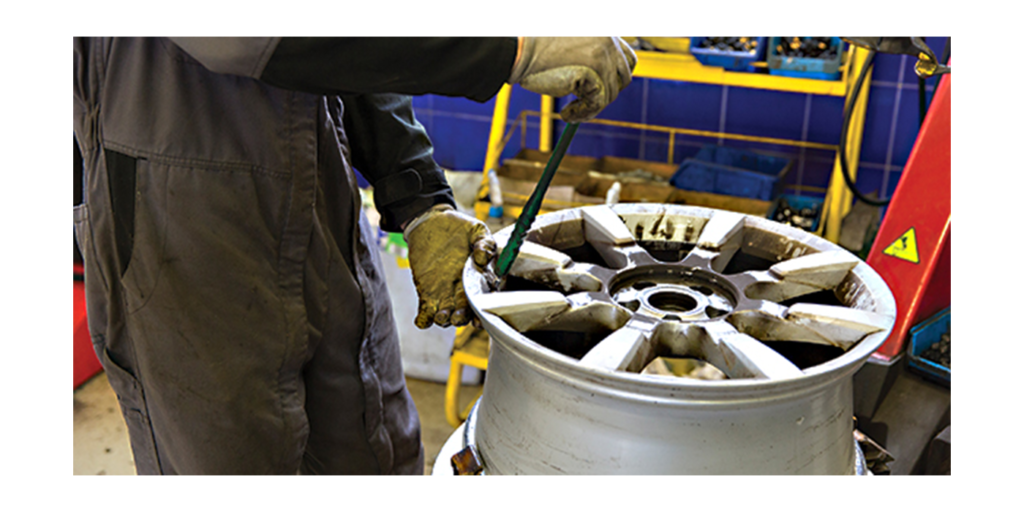
When it comes to TPMS service and successful TPMS programs, it’s important to have consistent practices in place such as testing the system before touching it, changing out service kits every time a tire is removed from a wheel and making sure programming tools stay up to date. In an article from September, Lutz explains that torquing isn’t an extra step; it’s a step that has to be performed completely. Certain parts of the valve stem must be attached at the proper tightness: not too loose and not too tight, which ensures the safest possible attachment for your customer.
Anything you turn outside of the sealing cap requires torquing. These include:
- The nut on aluminum clamp-in stems;
- the screw on rubber snap-in and those on some aluminum clamp-in stems; and
- the valve core on all types of valve stems.
We’re at the end of our reflection on TPMS articles from 2021. The last one we’ll leave you with covers avoiding TPMS signal interference during the repair process. Lutz reviews four things to consider during the repair process to avoid interference:
- Make sure the vehicle is properly relearned after adding a new sensor. The relearn process tells the vehicle which sensor to focus on and to disregard signals coming from other sensors in range. It also tells the vehicle which sensor is in which tire, so it knows how to properly display those pressures on the dashboard. If the relearn process is not completed, the ECU won’t detect that new sensor signal and will cause it to illuminate the TPMS light on the dashboard due to a “missing” sensor. In reality, the sensor is there, but the vehicle is ignoring the signal because it thinks it belongs to a different vehicle.
- When switching to and from winter tire sets that have their own TPMS sensors, make sure the second set of tires is within a safe distance from the vehicle during the relearn process (between six to 10 feet away). It is possible for the vehicle to receive signals from the wrong set of tires, causing confusion and an illuminated TPMS light when the vehicle leaves the garage.
- When copying a full set of sensor IDs (winter/summer set) also make sure the second set of tires is stored away from the vehicle. Again, the vehicle could receive signals from the wrong set of tires.
- In more unique cases, if there is a suspected signal interference and none of the above circumstances are applicable to the issue, consider less obvious obstructions like dark- or mirror-tinted windows or metal plating on the vehicle. These types of accessories can block or cause fragmented signals that prevent the ECU from receiving them.

